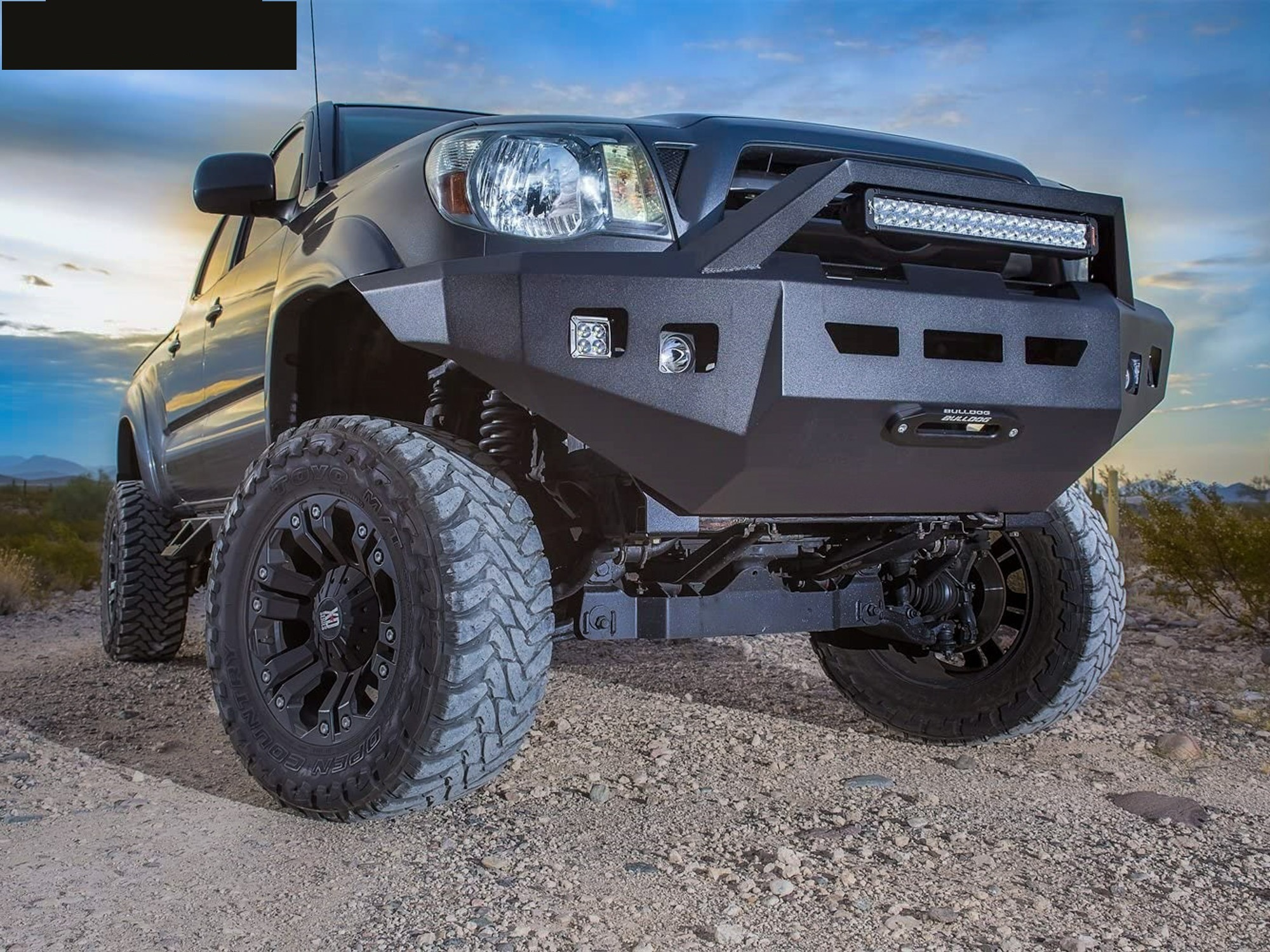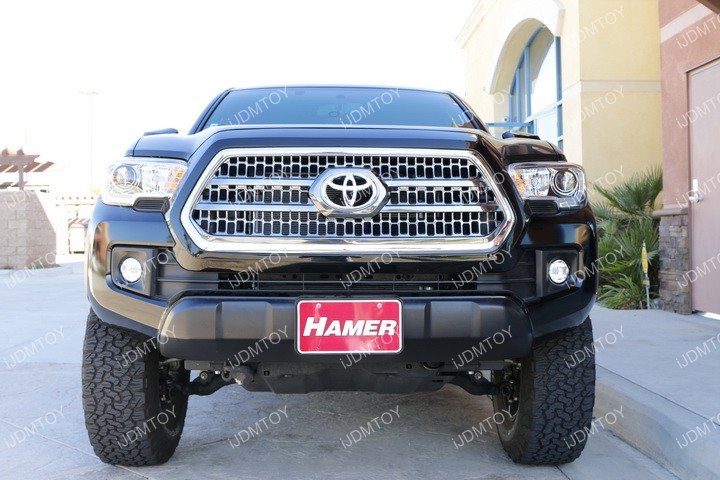

Four-wheel drive and PreRunner Tacomas had six-stud wheel-lug patterns and were available with the 2.7-L and 3.4-L engines. Two-wheel drive (2WD) Tacomas (non-PreRunner models) had five-stud wheel-lug patterns and available with the 2.4-L or 3.4-L automatic and manual transmissions were available.

The 2.4 L gave 26 miles per US gallon (9.0 L/100 km 31 mpg ‑imp) (highway cycle, 2WD), the 2.7 L gave 20 miles per US gallon (12 L/100 km 24 mpg ‑imp) (highway cycle, 4WD), and the 3.4 L delivered 21 miles per US gallon (11 L/100 km 25 mpg ‑imp) (highway cycle, 2WD). Three engines were available for the Toyota Tacoma: Patents for the production design were filed in Japan in April 1993 and October 28, 1993, in the United States.


Design work was done at Calty Design Research in California from 1990 to 1992, when Kevin Hunter's exterior design proposal was chosen in the autumn of 1991 and in final form, frozen for production in 1992. The design is intended to better suit the needs of the US and Canadian pickup truck market, where pickup trucks, particularly compact and midsized models, are often used as personal vehicles, and less exclusively for commercial, agricultural, and off-road use.ĭevelopment began in 1989, following the launch of the fifth-generation Toyota Pickup in late 1988 and concluded in 1994. Compared with the Hilux, the Tacoma is engineered with a greater priority on ride quality, handling, comfort, and safety over ruggedness and payload capacity. The Tacoma was introduced in the US in February 1995 (March 1995 market launch) as a replacement for the Hilux, which prior to this was marketed in the US under the name Toyota Pickup.


 0 kommentar(er)
0 kommentar(er)
